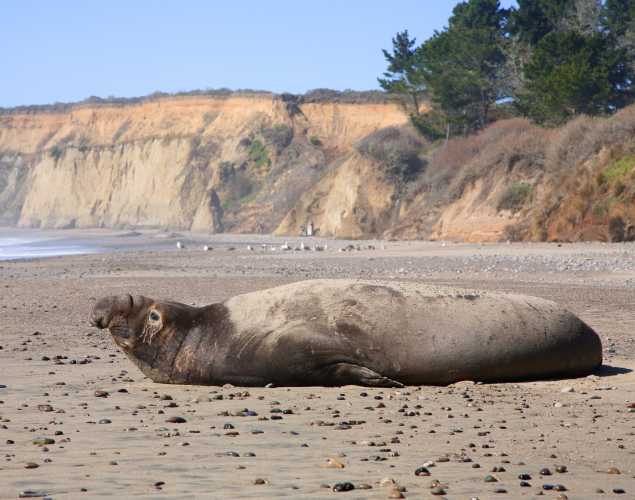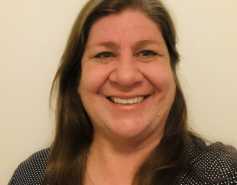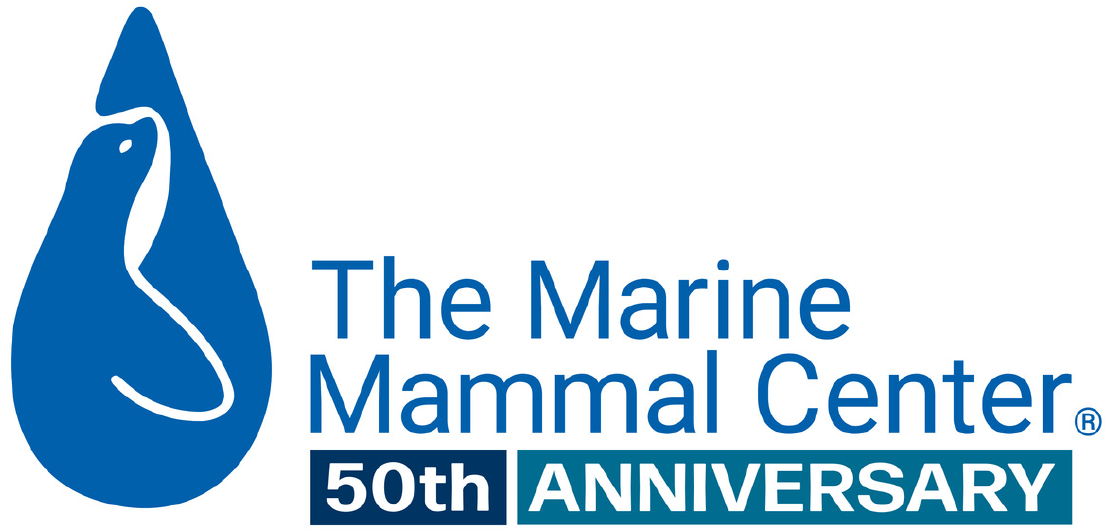
Use of Potassium Chloride for Low-Residue Euthanasia of Anesthetized Seals and Sea Lions
- Medicine
Abstract
The need for field euthanasia of pinnipeds occasionally arises for circumstances in which carcass retrieval for disposal is logistically challenging to impossible. This could include mass stranding events, remote field research, or carcasses that are too large for removal given the terrain, available equipment, or personnel. For these instances in which the carcass will be left in situ, common methods of euthanasia by anesthetic (eg, barbiturate) overdose may result in drug residues in tissues that pose secondary intoxication risk to scavengers, including domestic and wild animals. Therefore, methods of low-residue euthanasia that pose minimal risk of toxicoses in scavengers and drug contamination to the environment are required.
Administration of a lethal dose of potassium chloride (KCl) solution to an animal at a surgical plane of general anesthesia is an accepted method of euthanasia. A high serum potassium concentration suppresses myocardial electrical conduction, leading to arrhythmias. At sufficient doses, rapid intracardiac (IC) or IV administration of potassium results in cardiac arrest. It is generally accepted that the KCl in tissues following euthanasia does not pose an intoxication risk to scavengers. Additional potential benefits include that KCl is inexpensive, readily acquired and transported, and not a controlled drug.
Potassium chloride is a recognized euthanasia agent in anesthetized cattle and other domestic large animals. It has been evaluated for efficacy in mice, koi, psittacines, moon jelly fish, American lobsters, and giant cockroaches. Lethal administration of KCl after anesthesia is recommended by the National Oceanic and Atmospheric Administration for euthanasia of stranded cetaceans in some circumstances, has been described for euthanasia of large cetaceans, and is an accepted protocol for euthanasia at The Marine Mammal Center. Although the use of KCl solution is occasionally listed by researchers in proposals and permits as the planned method of euthanasia for pinnipeds should the need arise in the course of field research, there is only limited general information on the use of KCl for euthanasia of pinnipeds. The objectives of the study reported here were to demonstrate the efficacy of the use of KCl solution for euthanasia in anesthetized California sea lions (Zalophus californianus) and northern elephant seals (Mirounga angustirostris), describe the type and frequency of observed physical signs in the animals during euthanasia with KCl solution, and discuss logistic considerations for this method of euthanasia.
Whitmer, E.R., Trumbull, E.J., Harris, H.S., Whoriskey, S.T. and Field, C.L., 2021. Use of potassium chloride for low-residue euthanasia of anesthetized California sea lions (Zalophus californianus) and northern elephant seals (Mirounga angustirostris) with life-threatening injury or disease. Journal of the American Veterinary Medical Association, 259(2), pp.197-201.
Cara Field
Heather S. Harris
Sophie Whoriskey
Meet The Experts
{"image":"\/People\/Portrait\/cara-field.jpg","alt":"Cara Field","title":"Cara Field","text":"Director, Conservation Medicine","link_url":"https:\/\/www.marinemammalcenter.org\/person\/cara-field","link_text":"Read Bio"}

{"image":"\/People\/Portrait\/cropped-images\/heather-harris-zoomed-out-1074-522-1419-1108-1701471795.jpg","alt":"Heather Harris","title":"Heather S. Harris","text":"Associate Veterinarian","link_url":"https:\/\/www.marinemammalcenter.org\/person\/heather-harris","link_text":"Read Bio"}

{"image":"\/People\/Portrait\/cropped-images\/sophie-whoriskey-by-bill-hunnewell-c-the-marine-mammal-center-0-0-2008-1489-1601938777.jpg","alt":"Sophie Whoriskey","title":"Sophie Whoriskey","text":"Associate Director, Hawai\u2019i Conservation Medicine","link_url":"https:\/\/www.marinemammalcenter.org\/person\/sophie-whoriskey","link_text":"Read Bio"}

Related Publications
{"image":"\/Animals\/Patients\/Elephant seals\/cropped-images\/es-by-bill-hunnewell-c-the-marine-mammal-center-3-2-1214-3454-3512-1600891002.jpg","alt":"northern elephant seal","title":"Diagnostic Tests for Lungworm-Infected Northern Elephant Seals","link_url":"https:\/\/www.marinemammalcenter.org\/publications\/diagnostic-tests-for-lungworm-infected-northern-elephant-seals","label":"Research Paper"}

{"image":"\/Animals\/Patients\/California sea lions\/cropped-images\/csl-by-bill-hunnewell-c-the-marine-mammal-center-7-0-1446-2827-2208-1603918668.jpg","alt":"California sea lion on pool ledge","title":"Effectiveness of Antibiotics in Treating Leptospirosis in California Sea Lions","link_url":"https:\/\/www.marinemammalcenter.org\/publications\/effectiveness-of-antibiotics-in-treating-leptospirosis-in-california-sea-lions","label":"Research Paper"}

Effectiveness of Antibiotics in Treating Leptospirosis in California Sea Lions
Read More{"image":"\/Animals\/Wild\/Other species\/cropped-images\/weddell-seal-shutterstock-256-0-3788-2959-1639535584.jpg","alt":"Weddell seal laying on the ice","title":"A Safe and Effective Reversible Field Sedation Protocol for Weddell Seal Pups","link_url":"https:\/\/www.marinemammalcenter.org\/publications\/a-safe-and-effective-reversible-field-sedation-protocol-for-weddell-seal-pups","label":"Research Paper"}

A Safe and Effective Reversible Field Sedation Protocol for Weddell Seal Pups
Read More{"image":"\/Animals\/Patients\/Guadalupe fur seals\/gfs-tagging-by-bill-hunnewell-c-the-marine-mammal-center-noaa-permit-18786.jpg","alt":"researchers apply a satellite tag to a Guadalupe fur seal","title":"Inhalant Anesthesia for Minimally Invasive Procedures in Guadalupe Fur Seals","link_url":"https:\/\/www.marinemammalcenter.org\/publications\/inhalant-anesthesia-for-minimally-invasive-procedures-in-guadalupe-fur-seals","label":"Research Paper"}

Inhalant Anesthesia for Minimally Invasive Procedures in Guadalupe Fur Seals
Read MoreRelated News
{"image":"\/Animals\/Patients\/Elephant seals\/cropped-images\/es-hoffman47927-photo-by-bill-hunnewell-c-the-marine-mammal-center-124-0-1270-992-1748384535.jpg","alt":"An An elephant seal\u2019s face with long black whiskers and wide eyes emerges from the water. ","title":"Adaptations of the Deep: Seal Whiskers and Eyes","link_url":"https:\/\/www.marinemammalcenter.org\/news\/adaptations-of-the-deep-seal-whiskers-and-eyes","label":"Patient Update","date":"2025-05-28 02:00:00"}

{"image":"\/Animals\/Wild\/Elephant seal\/cropped-images\/01. SNI Andromeda_NOAA permit-174-0-1270-992-1733414759.jpg","alt":"A northern elephant seal with a satellite tag on its head on the beach in front of crashing waves. ","title":"Studying Elephant Seals of the Central California Coast","link_url":"https:\/\/www.marinemammalcenter.org\/news\/studying-elephant-seals-of-the-central-california-coast","label":"News Update","date":"2024-12-06 12:21:47"}

{"image":"\/Animals\/Patients\/California sea lions\/2022\/cropped-images\/csl-torple-by-bill-hunnewell-c-the-marine-mammal-center-6-10-4475-3495-1664989112.jpg","alt":"California sea lion Torple in a pool with her head in the air","title":"SFGATE: Hundreds of Sea Lions Sickened Along California Coastline","link_url":"https:\/\/www.marinemammalcenter.org\/news\/sfgate-hundreds-of-sea-lions-sickened-along-california-coastline","label":"In the News","date":"2022-10-05 02:00:00"}

SFGATE: Hundreds of Sea Lions Sickened Along California Coastline
October 5, 2022
Read More{"image":"\/Animals\/Patients\/California sea lions\/2014\/cropped-images\/csl-orchard-photo-c-the-marine-mammal-center-1350-74-2950-2304-1713994848.jpg","alt":"California sea lion Orchard","title":"The Curious Case of the Sea Lion That Couldn\u2019t Catch His Breath","link_url":"https:\/\/www.marinemammalcenter.org\/news\/the-curious-case-of-the-sea-lion-that-couldnt-catch-his-breath","label":"Patient Update","date":"2014-11-19 01:00:00"}

The Curious Case of the Sea Lion That Couldn’t Catch His Breath
November 19, 2014
Read More